The use of artificial intelligence (AI) is transforming sectors of the economy across the globe, and higher education is no different. AI is a game-changer for educational institutions looking to respond to the changing expectations of students as well as the workforce. This blog will discuss insights that Business Wire has provided from navigating the crossroads of AI in higher education regarding the positive effects, challenges, and ethics surrounding AI integration into academia. In this blog, we will be Exploring the AI Frontier in Higher Ed: A Guide with Business Wire.

How AI Can Change Higher Education as We Know It
Exploring the AI Frontier in Higher Ed: A Guide with Business Wire. AI has gone from a futuristic idea to a reality already changing classrooms, administrative offices, and research labs. From smart tutoring systems to automated scoring, AI is reinventing the way we instruct in classrooms, learn information, and run schools. Here are some major areas where ai is changing things:
1) Personalized Learning: With the help of AI-powered platforms, the able course material can be adapted to the learning style of each individual student, allowing better learning engagement and retention.
2) Energy Efficiency: AI improves the efficiency of educational facilities by optimizing resources, tracking usage, and conserving energy.
3) Research matters: They also more analyze great masses of data, leading to researchers being able to identify trends and insights in less time.
4) Predictive Analytics: Colleges employ AI algorithms to forecast student performance and spot areas for early support.
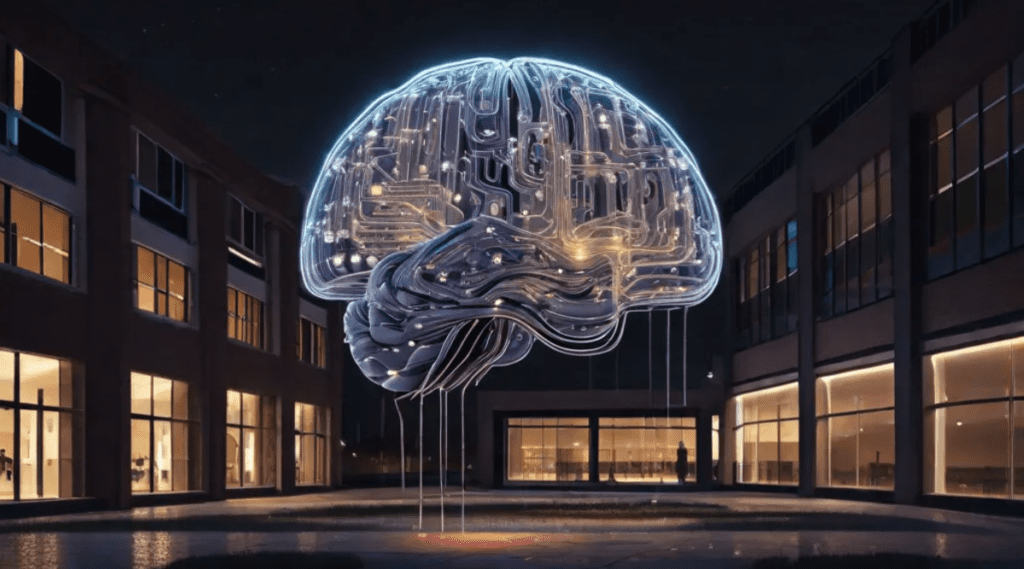
Advantages and Disadvantages of AI in Education:
AI brings benefits, but institutions must work to address challenges. Here are some pros and cons of the application of AI in the field of education:
Pros
AI also delivers personalized feedback and offers tailored support to meet the unique needs of each student, which helps drastically elevate the learning experience.
Productivity: Automated grading and administrative tasks streamline workload for teachers and administrators.
Accessibility: Artificial intelligence can make education more accessible for students with disabilities.
Encouraging Creativity and New Ideas: AI enhances pedagogical innovation and research.

Cons
Data Privacy Issues: Using AI raises information security and student privacy issues.
Equity Concerns: Access to AI content generation tools is not equitable for all students, which may exacerbate digital inequality.
Misuse: There are major concerns about academic integrity involved with these tools, especially that students will misuse these for plagiarism and cheating.
Cost: Institutions with limited budgets may have some trouble pacing the implementation of AI solutions.

AI Solutions in the Academic
Here we will be Exploring the AI Frontier in Higher Ed: A Guide with Business Wire, To successfully combine AI with higher education, you first need to plan how to do it. Here are a few ones institutions can take to find their way through the AI frontier effectively:
Bank for International Settlements 61 This paper is published in the BIS 70th Annual Report 29 June 2020 — 5 July 2021 Artificial intelligence in banking: a comprehensive review 6 Assessing and planning: Assess the needs of the institution and identify areas of potential value For an institution-specific perspective, identify risks and benefits of AI in your institution.
Budget formulation: Reserve funds for an AI implementation campaign, both initially and over time.
Organizational Change Management: Design approaches for overcoming resistance and ensuring adoption of AI technologies.
Ethical Considerations: Develop best practices for guarding against privacy violations, inequitable outcomes, and breaches of academic integrity.

Case Studies of Successful Integration of AI in Universities
Here are just a few examples of how some universities have started integrating AI into their operations, demonstrating how it can revolutionize higher education:
- Georgia State University Predictive analytics for student success
- University of Southern California — AI-powered grading systems
- Stanford University: AI for research and education
These are some great examples of how AI can work for academia and the outcomes.
AI as a Tool for Future-Proofing Higher Education
By Exploring the AI Frontier in Higher Ed: A Guide with Business Wire, We will Learn how AI is shaping the future of learning and academic success.In order to stay relevant in an evolving landscape of AI, institutions have to keep crofting. Let’s explore some best practices with which to future-proof higher education with AI:
- Ongoing Education: Educators, administrators, and others need to keep abreast of the latest in AI.
- Cooperate Together with technology manufacturers and other organizations to discuss experiences and resources.
- Targeting Solutions AI solutions offering to improve the student experience

AI-Powered Learning Analytics: Transforming Modern Education
Digital transformation has brought innovations like AI-driven learning analytics that are changing how education systems work. Learning Engagement RisksAI-powered learning platforms can help institutions to identify students at risk of dropping out of these programs and provide a more tailored approach to individual learning styles.
What does AI-Powered Learning Analytics mean?
AI-Driven Learning Analytics: These are the processes of utilizing AI algorithms to gather, evaluate, and understand educational data. This encompasses data from evaluations, presence, virtual activity, and engagement metrics to yield perceptions that enhance learning results.
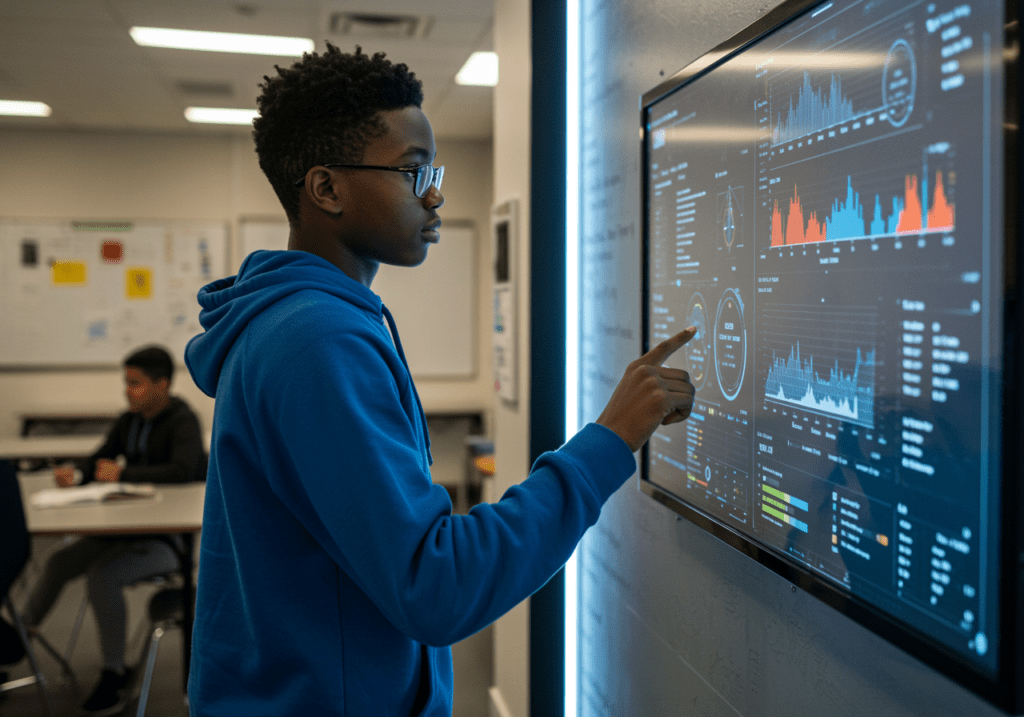
Advantages of Artificial Intelligence in Learning Analytics
1) Personalized Learning Paths
AI personalizes the educational material according to each student’s journey and knowledge.
2) Early Risk Detection
Detects struggling students and recommends timely interventions.
3) Data-Backed Insights
Helps educators adapt their teaching styles based on real-time feedback.
4) Improved Student Engagement
Such as analysing activity patterns to create more engaging and efficient learning environments.
5) Real-World Usage
AI helps personalize learning in educational platforms like Khan Academy, Coursera, and Edmodo. Universities use predictive analytics to track their students’ academic performance and to steer their advising.

And Ethical Magic Will Descend Upon Us!
Exploring the AI Frontier in Higher Ed: A Guide with Business Wire. With AI reshaping the industries we know, it’s imperative to discuss the ethical considerations of AI usage. Everything from data privacy to the transparency of decision-making processes — having responsible AI development is crucial for maintaining public trust and safety in society.
What Are Ethics for AI?
Inherent ethical issues in AI include how machines make decisions, how data is treated, and the impact of actions taken by AI. Ethics to Prevent Misuse or Harm As we read in the above examples, developers and organizations should always be following some sort of ethical principles to prevent misuse or unintended outcomes.
Key Ethical Issues
1) Data Privacy
Many AI systems require a lot of data, leading to issues around how personal information is harvested, stored, and utilized.
2) Bias and Discrimination
AI can replicate biases in its training data, which can result in unfairness in sectors such as hiring, lending, or law enforcement.
3) The Importance of Transparency and Accountability
Users ought to understand how A.I. systems make decisions, and developers should be responsible for outcomes.
4) Job Displacement
AI automation may eliminate human jobs, posing a social and economic challenge.
The Role of Regulation
To guarantee equality and safety as well as compliance with human rights, governments, as well as tech companies, are drawing up AI ethics frameworks. These standards are essential to responsibly innovate.

Artificial Intelligence and Lifelong Learning: A New Front for Constant Learning
AI and lifelong learning are two tracks of the same road in today’s fast-moving digital environment. As industries change, professionals need to consistently upskill. AI Is The Future Where Lifelong Learning Becomes More Accessible; More Personalized; More Effective
How Does AI Help in Lifelong Learning?
AI-based platforms examine each learner’s patterns, styles, and performance to recommend tailor-made learning trajectories. This guarantees that learners engage with the most pertinent material relative to their objectives and development.

How AI is Transforming Lifelong Learning: 6 Key Benefits
1) personalized user experience
Machine Learning and AI offer courses, tutorials and material based on your needs.
2) Adaptive Learning Systems
Platforms dynamically change the difficulty of content in real-time based on the learners’ performance.
3) Efficient Skill Development
AI tracks learning gaps, making recommendations for specific spaces to improve.
4) On-Demand Learning
AI often helps students access learning resources across various mediums, which allows for flexibility.
5) Real-World Applications
Platforms such as LinkedIn Learning, Coursera, and edX utilize AI algorithms to improve the quality of their services. In alignment with business goals, organizations also use AI tools nowadays to train employees in real time.

Concerns on The Implementation of AI in Academic Institutions
Artificial Intelligence is changing the way we teach and learn However, there are still numerous challenges to adopting AI in education are faced by institutions.
Obstacles of Technology and Infrastructure
In much of the world, and especially in the developing regions, schools simply don’t have the right infrastructure or access to the internet needed to support AI-based intervention tools. Adoption can also be slowed by limited budgets and systems with outdated hardware.
Data Privacy and Security
In order to work effectively, AI systems need lots of student data. This brings into question data privacy, consent, and potential cyber threats.
Training Teachers, Subverting Teachers
Educators may not have the skills to use AI tools, or worry they will be replaced by machines. This resistance can be overcome through providing training and support.
High Implementation Costs
The cost of creating and refinishing AI models shall be high. Licensing, customization and technical support can be burdensome for financially challenged schools.
Algorithmic Bias and Fairness
AI can inadvertently perpetuate the biases embedded in the training data, resulting in unfair evaluations or suggestions. The importance of fairness and transparency in AI decisions.

AI for Global International Students Learning Experience
AI for international students is breaking barriers and improving learning experiences with increased global education. AI provides personalized assistance for global students adjusting in both academic and cultural aspects.
Personalized Learning Support
Example of domain: AI-powered platforms have enabled real-time language translation, adaptive learning, and tutoring. These tools allow international students to access course materials and communicate seamlessly regardless of the language gap.
Smart Academic Advising
AI systems assess academic performance and also provide tailored study plans, course suggestions, and career paths depending on student interests and development.
24/7 Assistance with Chatbots
University AI chatbots are being used to answer questions about admissions, campus life, visa processes and more, 24/7. It gives immediate support without waiting for human assistance.
Cultural Adaptation Tools
AI-powered applications will help international students with cultural orientation for settling in a new country and finding their way with local customs, etiquette, and daily life issues.
Mental Health and Wellbeing
AI-based mental health applications provide support in the form of mood tracking, stress management tips, virtual counseling, and thus support students emotionally while they study abroad.

Embracing the Future of Education: Perspectives of Students on AI
With A.I. increasingly being integrated into education, it is students’ perspectives on A.I. that are shaping how this technology is adopted in classrooms. Increased learning tools and privacy concerns, among others, have students mixed but insightful opinions on AI.
Positive Experiences with AI
AI is beloved by many students for its adaptive learning capabilities. Smart tutors, adaptive quizzes, and instant feedback systems are examples of tools that make studying more effective and enjoyable. When it comes to complex topics, AI aids in simplifying them, and delivers easy-to-digest content.
- Time-saving automation
- Improved academic performance
- Access to learning materials any time of day or night
Fear of AI in Education
While there are positive consequences, students also express some concerns. Common issues include:
- Data privacy and security
- Over-reliance on technology
- Lack of human interaction
While some students worry that AI will crop up in place of traditional teaching methods reducing their critical thinking if used irresponsibly.
Demand for Responsible AI Use
Students are demanding a transparent and ethical approach to AI in education. They want a say in the way that AI systems are run, and how their data is used.
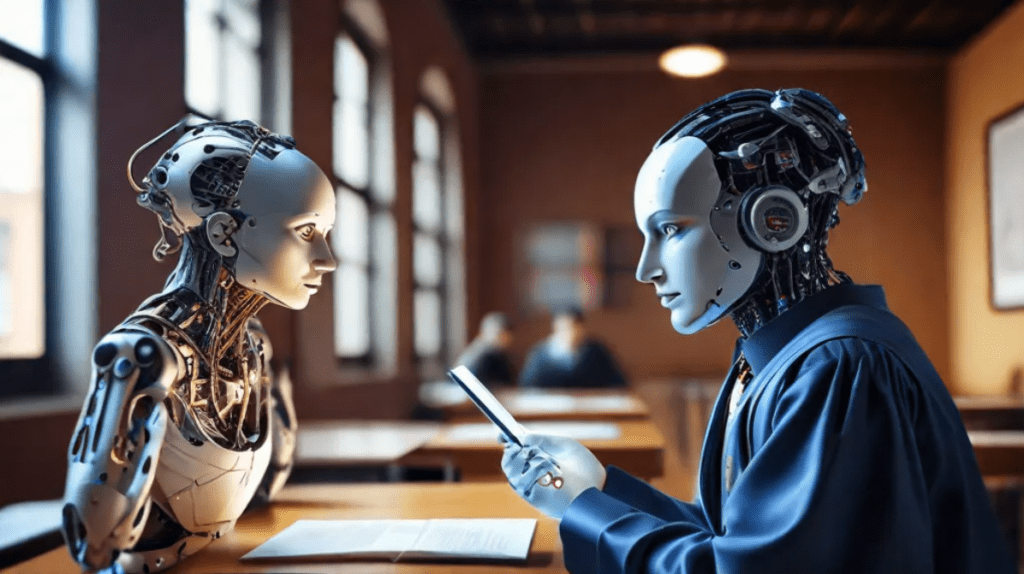
The Regulatory Landscape: How to Oversee the Future of Artificial Intelligence
With AI expanding in sectors across industries, it is crucial to ask how companies can implement it in a safe and ethical manner while staying compliant with the regulatory landscape. Governments and international organizations are developing regulations that strike a balance between innovation and responsibility.
What is the Regulated Environment?
The regulatory landscape: The body of laws, policies, and standards that establish guidelines for the development and use of AI technologies. These regulations seek to guarantee safety, fairness, transparency and accountability of AI systems.
Key Global Regulations
European Union AI Act
Intends to classify AI systems according to their level of risk, and impose stricter compliance for high-risk uses.
U.S. AI Bill of Rights
Aims to safeguard individual rights, privacy, and the responsible use of AI.
You are reading a preview of this publication.
Focuses on ethical use and security of AI — particularly in consumer-facing applications.
Challenges in AI Regulation
- Rapid technological evolution
- Global inconsistency in rules
- Innovation versus protection balance
- The challenge for countries is to keep regulations up to date without stifling progress.
Role of Organizations
Companies in the technology sector and research institutions are also stepping in by designing internal ethical frameworks, as well as backing government efforts to build AI governance.
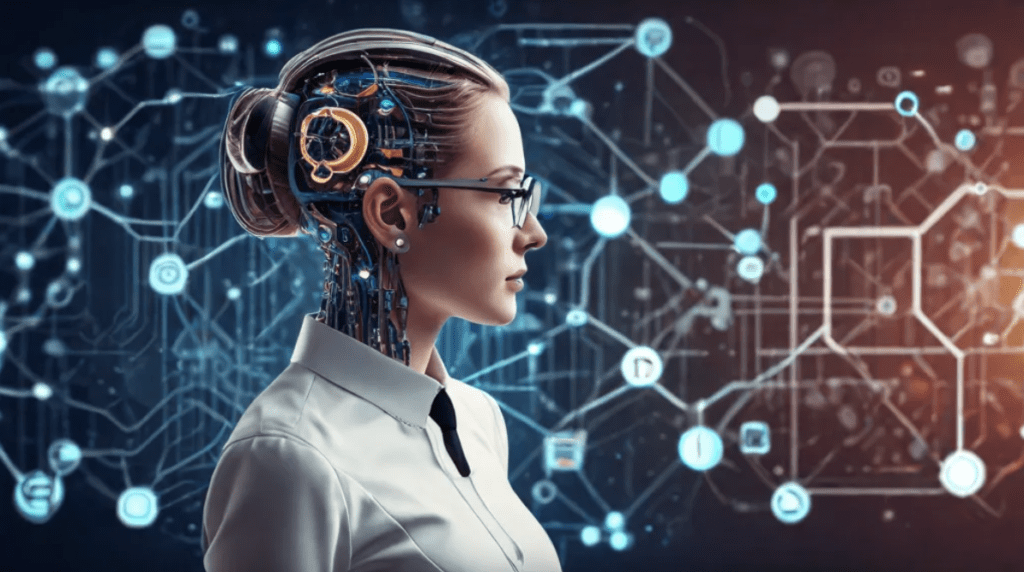
The Role of AI in Future Education System: Insights to Design Next Gen Classrooms
AI Innovations That Are Changing Education With technology rapidly advancing, future applications of AI in the education field suggest more tailored, effective, and engaging learning opportunities.
Smart Content Creation
AI will facilitate the automatic creation of customized textbooks, quizzes, and lesson plans tailored to your students’ needs and curriculum goals. This lightens the load for the instructor and makes lessons more relevant.
Hyper-Personalized Learning
In the future, these AI tools will access real-time data, providing personalized learning experiences and adapting the difficulty and format of contents to each student’s performance and learning style.
This is where AI tutors and virtual assistants come into the picture.
Next-generation AI tutors will provide round-the-clock support for specific subjects, text back answers to questions, explain concepts in greater detail, and offer practice exercises in an easy-to-follow format.
Emotional AI & Student Engagement
AI systems will also read facial expressions, tone and behavior to determine how students are feeling and how well they’re paying attention, giving teachers insights into how to better engage students in the classroom.
Predictive Analytics: Keeping Students in School
Collectively, advanced AI will employ predictive analytics to detect learning gaps, predict outcomes and proffer personalized interventions for students at risk of struggling.

Conclusion
It is an exciting and fraught time to be traversing the AI frontier in higher education. Read on, as we explore how institutions can utilize insights from Business Wire and take a practical approach to make the most of AI in teaching, operational efficiency, and preparing students for a future job market. And though there are challenges associated with AI including privacy and equity that should be discussed and addressed, the opportunities AI is bringing us is too great to be ignored.
Also read about 2025 EDUCAUSE AI Landscape Study: Into the Digital AI Divide
Also read about Future of AI


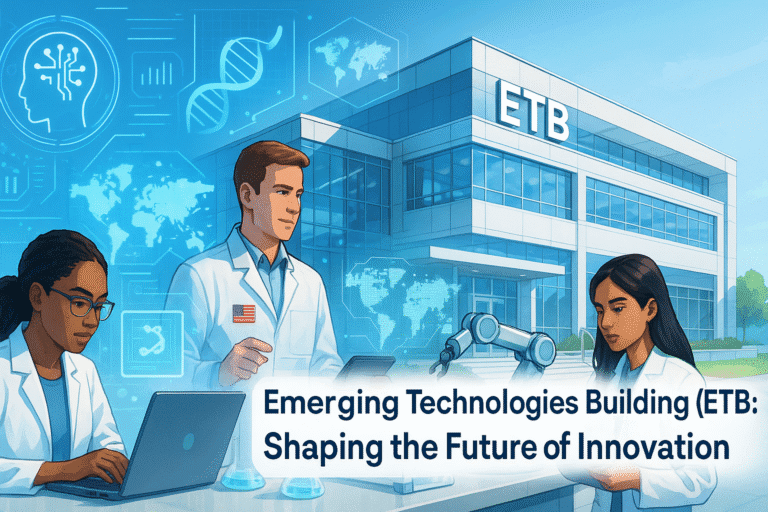






[…] Also read about AI in higher Education […]
I will immediately grab your rss feed as I can’t find your e-mail subscription link or newsletter service. Do you have any? Please let me know in order that I could subscribe. Thanks.